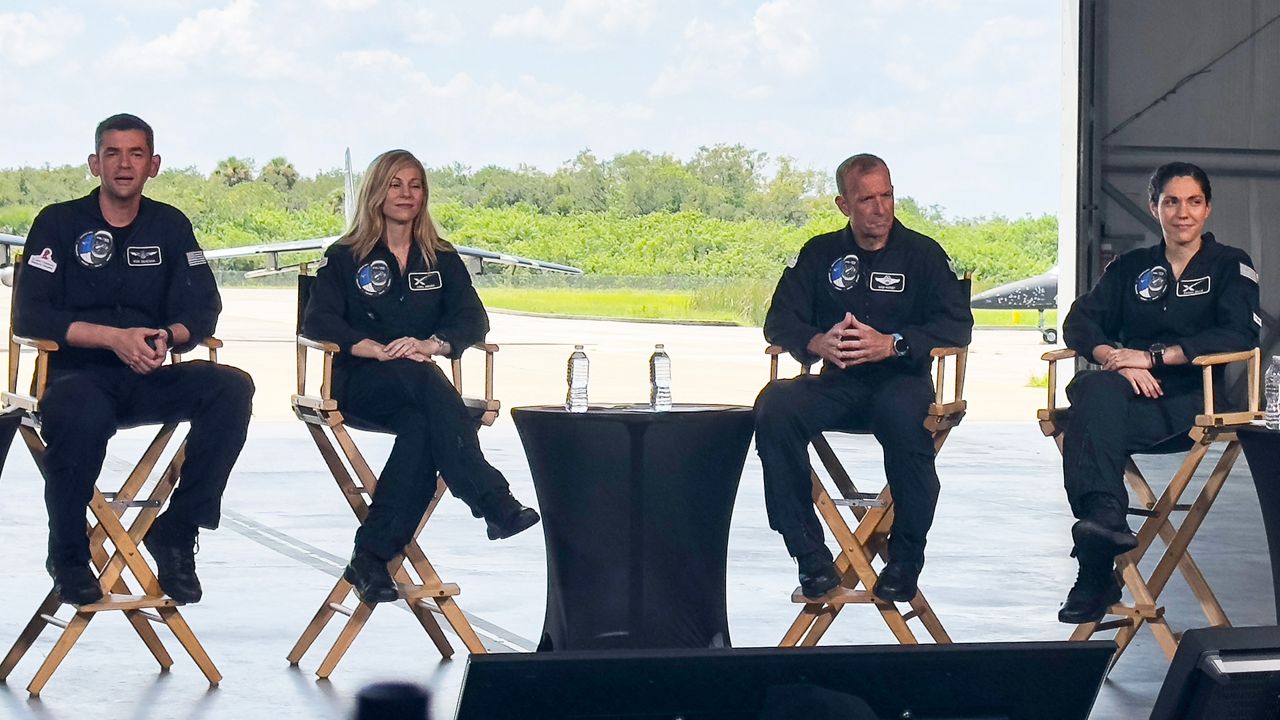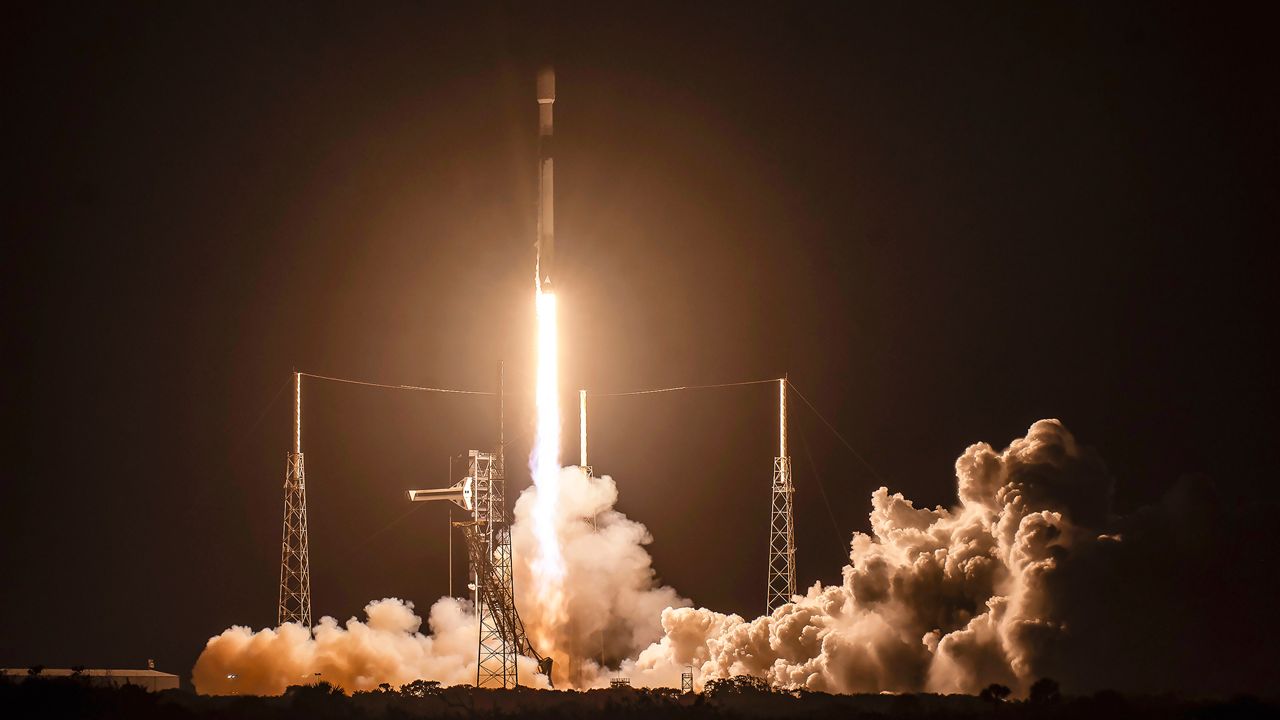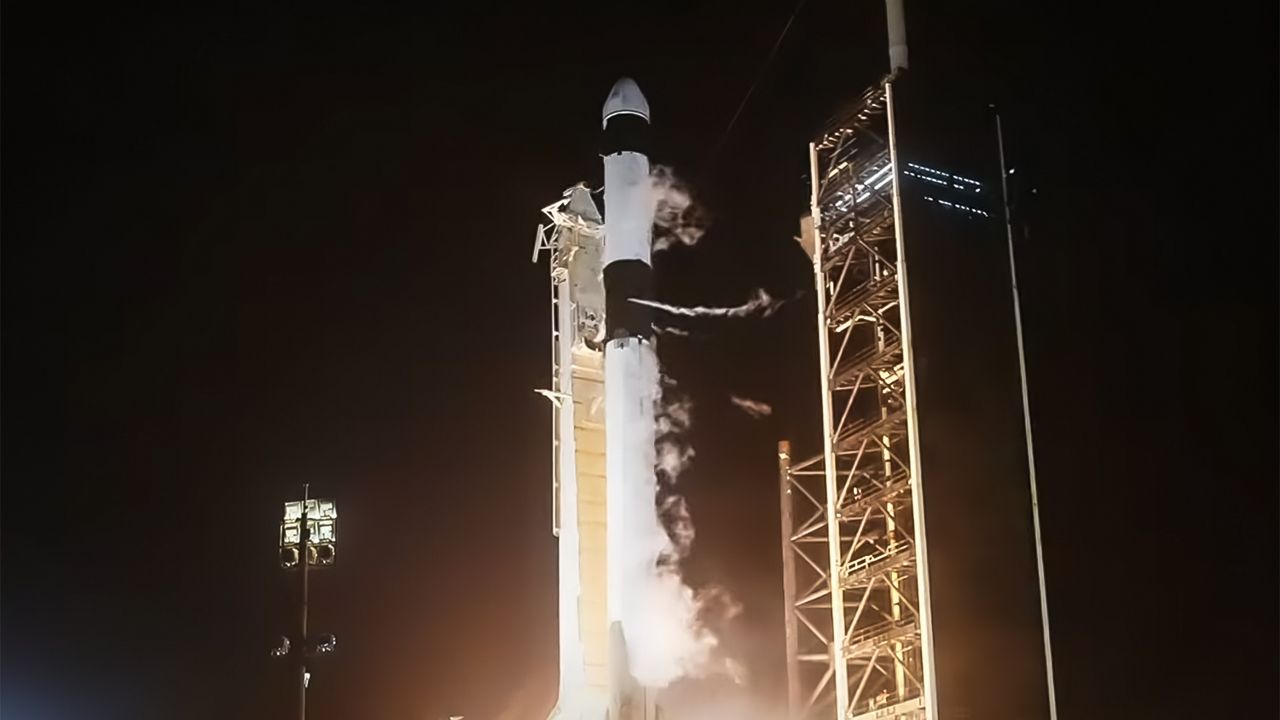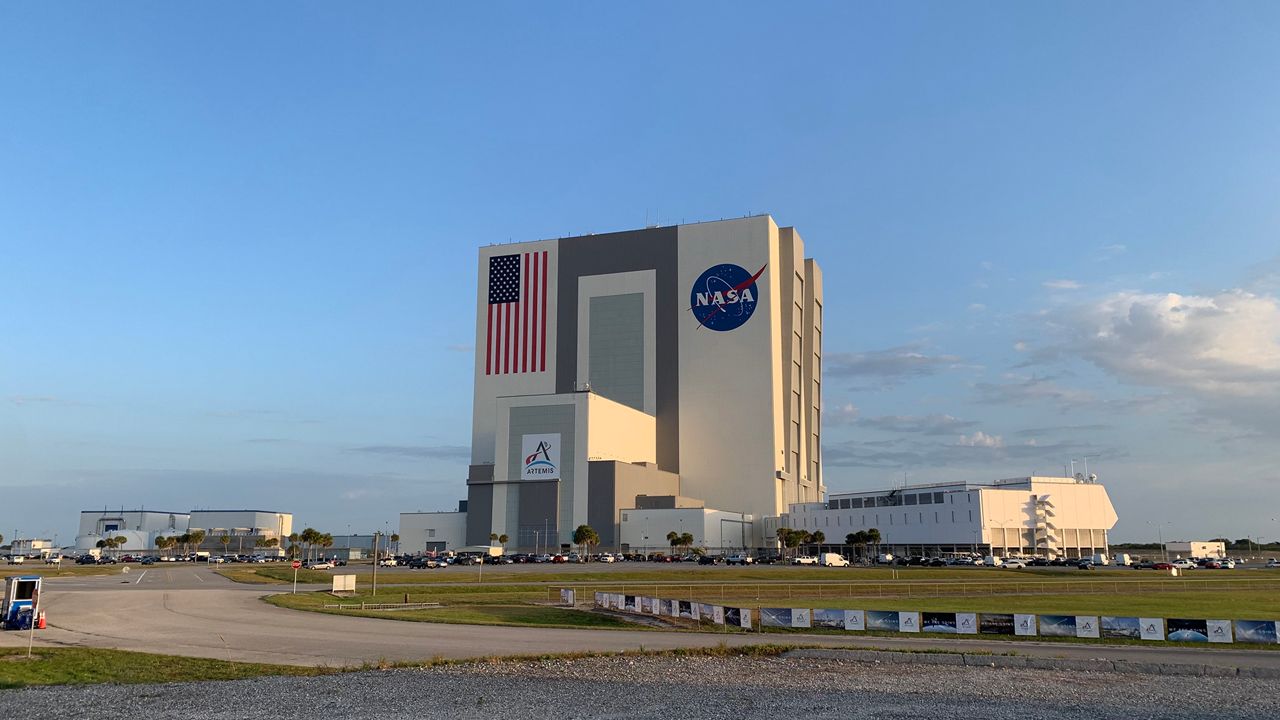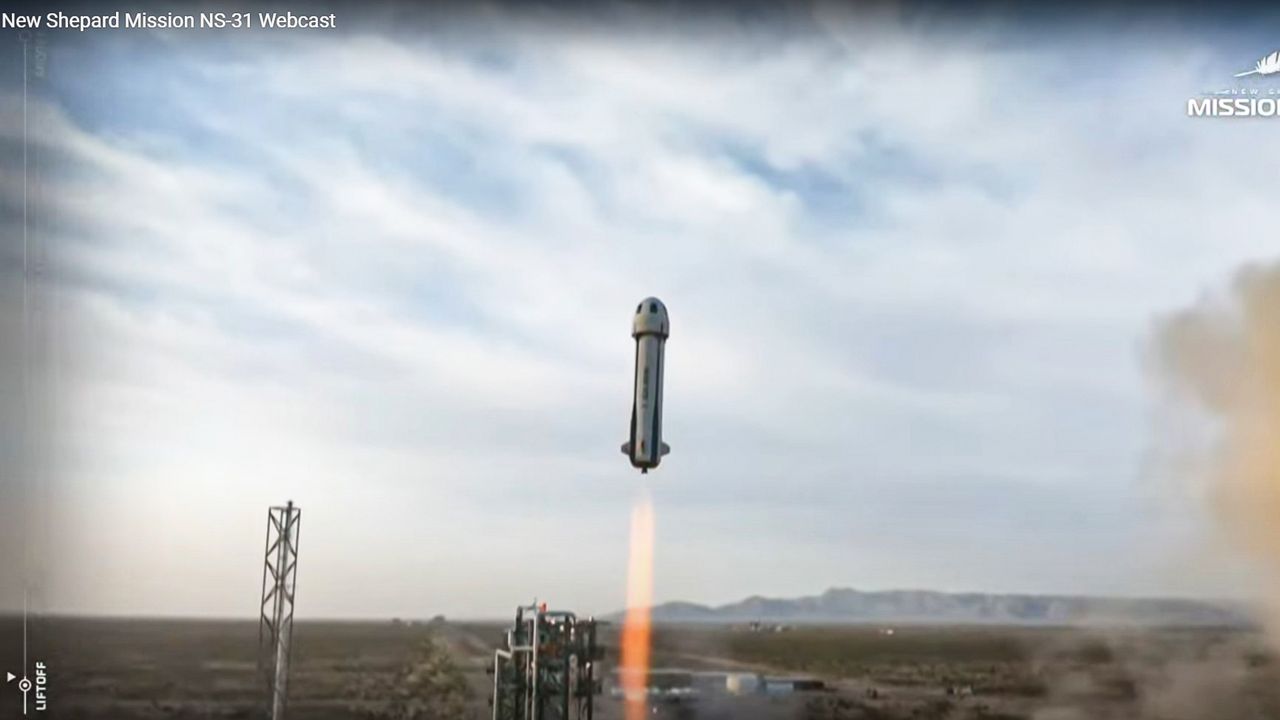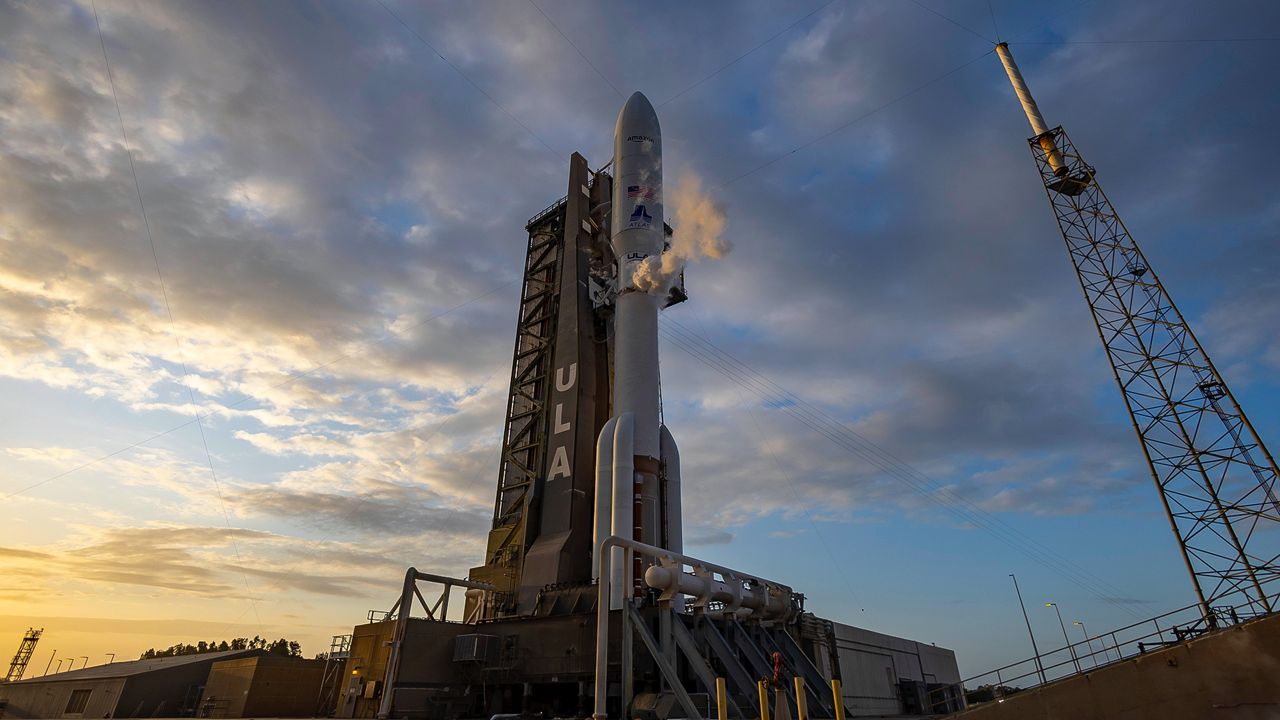CAPE CANAVERAL SPACE FORCE STATION — The United Launch Alliance launched its Atlas V rocket as it carried Amazon’s Project Kuiper satellites from Space Launch Complex-31 on Monday night.
What You Need To Know
- The Atlas V rocket sent up nearly 30 Kuiper satellites
- Get more space coverage here ▶
- 🔻Scroll down to watch the launch🔻
The Atlas V rocket took off from Space Launch Complex-41 at Cape Canaveral Space Force Station on Monday at 7:01 p.m. ET to send up nearly 30 Kuiper satellites, stated ULA.
The launch window opened at 7 p.m. ET and was set to close at 9 p.m. ET. It meant ULA had during that timeframe to launch its Atlas V rocket.
The 45th Weather Squadron gave a 75% chance for good liftoff conditions, with the only concerns being the cumulus cloud, anvil cloud and surface electric fields rules.
Wondering how you can see the #AtlasV launch of the #Kuiper1 mission for #Amazon? This visibility map shows when and where your best chances are to see the rocket as it lifts off on Monday at 7 p.m. EDT and heads northeasterly into space.
— ULA (@ulalaunch) April 27, 2025
Live updates and webcast:… pic.twitter.com/Yk6KoJmsFw
The 196-foot Atlas V 551 rocket’s first-stage booster did not land on a droneship or landing zone, which is what the more familiar SpaceX rocket — the Falcon 9 — does. Instead, it will separate and fall into the Atlantic Ocean, where it will be picked up.
The first attempt to launch was on Wednesday night on April 9, just a few weeks ago, but poor weather forced ULA to scrub the takeoff.
About the mission
Just like with SpaceX’s Starlink satellites, Amazon wants to do the same thing by launching its own internet satellites.
Amazon will kick off a “catch up” mission against SpaceX by officially launching its 27 satellites on Monday night.
“Project Kuiper will deliver high-speed, low-latency internet to virtually any location on the planet, and we expect to begin delivering service to customers later this year. Our first-generation satellite system will include more than 3,200 advanced low Earth orbit satellites, and we’ve secured more than 80 launches to deploy that initial constellation, with each one adding dozens of satellites to the network,” stated Amazon.
After the Kuiper satellites leave the Atlas V rocket, they will do a sequence of automated steps before getting to their designated orbit of 392 miles (630 kilometers).
The 27 satellites will then travel at more than 17,000 miles per hour (27,359 km per hour) as they orbit Earth about every 90 minutes, explained Amazon.
Amazon shared what the future holds for these Kuiper satellites.
“Over the next few years, Kuiper and ULA teams will conduct seven more Atlas V launches and 38 launches on ULA’s larger Vulcan Centaur rocket. An additional 30-plus launches are planned across our other launch providers: Arianespace, Blue Origin, and SpaceX,” it stated.
ULA launched two prototype satellites for Project Kuiper in 2023.


